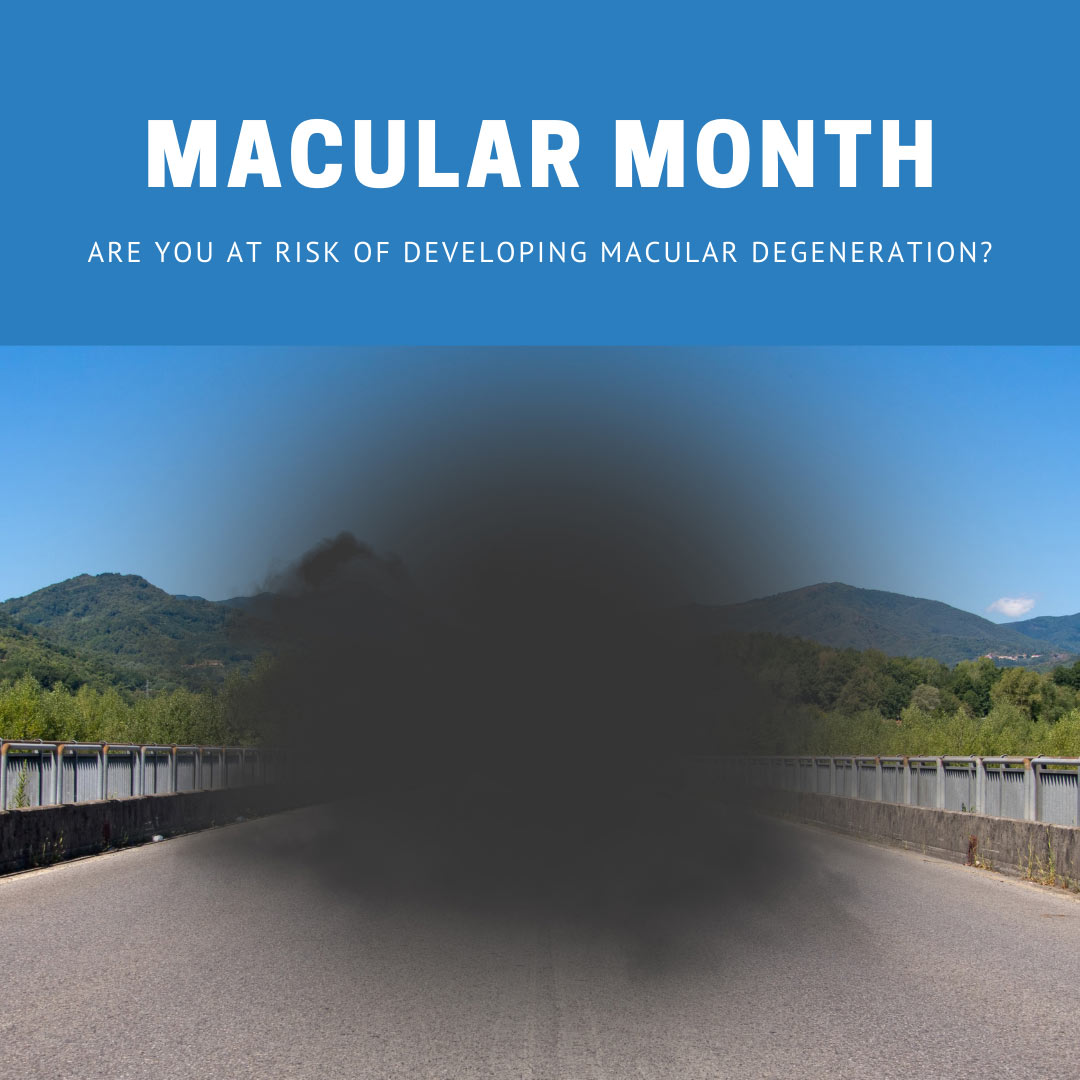How to protect your eyes against the sun
By embracing some simple actions and making them a way of life, you and your family can safely enjoy the great outdoors and the sun while protecting the health of your eyes and the sensitive skin around them.
- Wear sunglasses year-round whenever you are out in the sun. Sun damage to the eyes can occur any time of year.
- Wear sunglasses marked category 2, 3 or 4, which provide good UV protection.
- Category 0 or 1 novelty or toy sunglasses with coloured lenses don't provide enough protection and should be avoided.
- Polarised lenses are great for cutting out reflected glare and are useful for the beach, fishing and driving.
- Sunglasses are also available for those who need prescription lenses and come in tinted, polarized or photochromatic (darken with the sun) options.
- Wear a broad brimmed hat with tightly woven fabric (no holes) to protect your face and the top of your head. Hats can block as much as half of all UV rays from your eyes and eyelids.
- Use a broad spectrum, water resistant SPF30 (or higher) sunscreen. Put it on 20 minutes before you go outdoors and every two hours thereafter. Sunscreen should never be used to extend the time you spend in the sun.
- Be aware of clouds: the sun’s rays can pass through haze and clouds, so eye protection is important even when there is cloud cover.
- Take extra care near water, snow and sand: 80% or more of the sun’s rays reflect off these surfaces, causing them to hit your eyes and skin a second time.
We’re making it easier for you to keep your eyes protecting with our latest offer. Get $100 off sunglasses when you purchase a pair of spectacles or a 3-month supply of contact lenses.*

*Offer ends October 31st. Not available in conjunction with any other offer. Offer can be used for both prescription and non-prescription sunglasses.
Are your devices causing you digital eye strain?
Have you been noticing that your eyes are more irritated and tired than usual? You’re not alone. For most of us, digital devices have a strong and growing presence in our lives. Computers, tablets, smartphones and other electronic devices with visual displays can all cause tired eyes and digital eye strain, referred to as ‘computer vision syndrome’.
What is computer vision syndrome?
Computer vision syndrome is the name for a group of eye and vision symptoms that might be experienced as a result of viewing digital devices for an extended period of time. These symptoms can include eye strain, red or tired eyes, irritation, blurred vision, double vision and headaches.
Why does screen time irritate the eyes?
For most of us, our eyes prefer to focus further than six metres away, so viewing a computer screen forces our eyes to work harder. While it’s normal for us to blink about 15 times a minute, studies have shown that we blink far less often while using digital devices resulting in dry, scratchy and red eyes.
Generally speaking, the type or font that we are viewing on a digital device can be small or unclear, and glare is emitted off the screen from the blue light. The frequency of blue light emitted from LED devices is also being researched for its long-term effects on the eye and potential impact on altering sleep cycles.
The combination of these unique characteristics, and our eyes having to work harder, can often lead to difficulty. The extent to which people experience visual symptoms often depends on the level of their visual abilities and the amount of time looking at a digital screen.
Extended periods of focusing on screens up close results in the muscles having to exert significant focusing effort to make these objects clear. As with any of the muscles in the body, they can fatigue and tire out if not given the opportunity to occasionally rest and relax. The muscles which control eye movements and focusing are typically relaxed when we look at objects in the distance.
What to do to combat computer vision syndrome
It can be hard to remember to rest our eyes, but we should all apply the 20-20-20 rule when spending time on devices. The 20-20-20 rule is shifting your focus to something other than your device every 20 minutes. Then what you focus on should be 20 feet (6 meters) away and you should look at it, for at least 20 seconds.
Let’s all remember to apply the 20-20-20 rule daily so our eyes can stay at their best for longer.
If you are still experiencing eye strain or irritation, it is best to consult your optometrist to discuss the best treatment options for you. Book an appointment easily online today.
The Impact of COVID-19 on Eye Health
COVID-19 infected persons may develop conjunctivitis, which is characterised by sore, red, watery eyes. The eye can be a transmission route for COVID-19 if a contaminated hand touches or rubs the eye, so it’s of vital importance to wash your hands and avoid touching your face.
How does COVID-19 spread?
The COVID-19 virus is primarily spread via person-to-person contact, through the release of respiratory droplets when an infected person breaths, coughs, or sneezes. It can also be spread via indirect contact, for example if a person touches the same object as an infected person, and then touches their mouth, nose or eyes. COVID-19 is highly infectious and spreads easily from person to person.
People who are infected but do not show symptoms can also spread the virus to others. On average it takes 5–6 days from the time of infection for symptoms to show, however it can take up to 14 days.2 How easily a virus spreads from person to person can vary.1 The virus that causes COVID-19 appears to spread more efficiently than influenza but not as efficiently as measles, which is among the most contagious viruses known to affect people.
Can COVID 19 affect your eyes?
Yes. The World Health Organisation (WHO) has classified conjunctivitis as a less common symptom of COVID 19 infection.1 Conjunctivitis is an infection or inflammation of the conjunctiva, the clear tissue which covers the white part of the eyeball.
Cases of conjunctivitis vary from 4% to 31% among those with a confirmed case of COVID.4 Signs of conjunctivitis are typically red, sore, watery eyes. This can be accompanied by itchiness and light sensitivity.
Conjunctivitis is a common condition overall with many causes including bacteria, allergens and viruses, so your Optometrist is well trained to lookout for the signs of COVID related conjunctivitis.
Can COVID-19 be transmitted via the eyes?
Yes, although attaining COVID 19 infection through the eyes is much less common than through the nose or mouth. The eye is more likely to be infected secondary to the primary infection, i.,e a contaminated hand touches or rubs the eye.3 This is why good hand hygiene is so important.
Prevention
To prevent infection and slow the transmission of COVID-19, the following is recommended:
- Practice physical distancing by avoiding unnecessary travel, and staying away from large groups of people, especially those with cold like symptoms i.e. coughing or sneezing
- Wash your hands regularly with soap and water, or clean them with alcohol-based hand rub
- Wear a mask when possible
- Avoid touching your face
- Cover your mouth and nose when coughing or sneezing
- Stay home if you feel unwell
Take home messages
COVID-19 infected persons may develop conjunctivitis, which is characterised by sore, red, watery eyes. Your eye care professional will be on the lookout for any such presentation and take necessary steps to prevent the spread of the disease. The eye can be a transmission route for COVID-19 if a contaminated hand touches or rubs the eye, so it’s of vital importance to wash your hands and avoid touching your face.
References
1 World Health Organisation, “COVID-19 Clinical management: living guidance,” 2021.
2 Australian Government - Department of Health, "What you need to know about coronavirus (COVID-19)," 2021.
3 Pradhan S, Vaughan M, Zhang J, et al Sore eyes as the most significant ocular symptom experienced by people with COVID-19: a comparison between pre-COVID-19 and during COVID-19 states. BMJ Open Ophthalmology 2020;5:e000632. doi: 10.1136/bmjophth-2020-000632
4 Dawood AA. Transmission of SARS CoV-2 virus through the ocular mucosa worth taking precautions. 2021;22(1):56-57. doi:10.1016/j.vacune.2021.01.007
Why do my eyes hurt in the cold?
One very common and frustrating eye issue that increases in its prevalence over winter is dry eye. The colder temperature can cause your eyes to lose natural moisture, becoming dry and sore. Although this isn’t usually a serious condition, it can cause discomfort. Here are out top tips to ease the symptoms of dry eye and keep your eyes healthy this winter.
May is Macular Degeneration Awareness Month
inFOCUS this month... an annual awareness campaign to help Australians understand their risk of macular disease. May is Macular Degeneration Awareness Month.
Macular disease covers a range of painless conditions affecting the central retina, known as the macula, which sits at the back of the eye. This disease is unfortunately the leading cause of vision loss and blindness in Australia.
The macula is responsible for detailed central vision used for activities such as reading, driving and recognising faces. It’s also responsible for most of your colour vision and it is only early detection and intervention that will save your sight.
checkmymacula.com.au offer a quick quiz to assess your risk however the best course of action is to maintain regular eye checks and ensure you reach out to us if you notice any changes with your vision, especially when reading or driving.





